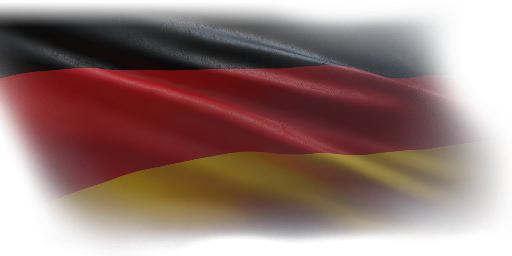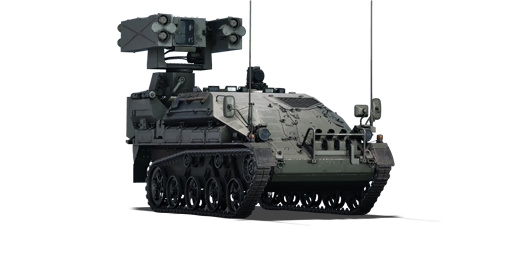




In the end of the Cold War, the Bundeswehr reorganized towards a quick reaction force (Krisenreaktionskräfte) and recognized the air defense capabilities for the new organization was lacking. Requiring a highly-mobile and lightweight system to defend against low-flying threats that is able to keep up with the new force, a competition started in 1990s that selected the Leichtes Flugabwehrsystem (Lightweight anti-aircraft system) produced by a cooperation between STN Atlas Electronic and Wegmann & co. The design was based on the Wiesel 2 platform to allow for easier strategic transportation, and the entire weapon system consisted of several vehicle types: the weapon carrier Ozelot with Stinger launchers, a reconnaissance and fire control vehicle that helps monitor the airspace, and a command post vehicle to help coordinate the air defense batteries. The weapon system and the Ozelot began replacing the outdated Gepard SPAAG by 2012 as the mobile air defense system for the Bundeswehr.
Introduced in Update "Ground Breaking", the Ozelot is an absolutely tiny anti-aircraft missile carrier for the rank that is in. While the Ozelot will absolutely be shredded by any strafing fire by aircraft, it also means it can hide in any available covering to avoid being easily spotted and can be emplaced for an ambush (unless the enemy traces the Ozelot's missile smoke). The tiny size comes with drawbacks like a small ammunition load, with enough for one reload for each launcher. The radar system on the Ozelot, while short-ranged, is very responsive and scans the space quickly to allow for the most up-to-date information on enemy aircraft position from the Ozelot. Ozelots should engage enemy aircraft flying straigh, predictably, and unaware of the Ozelot given the ease the Ozelot's missiles could be dodged by an alert and maneuvering aircraft.












Mobility | |
|---|---|
Protection |
|---|
Firepower | |
|---|---|